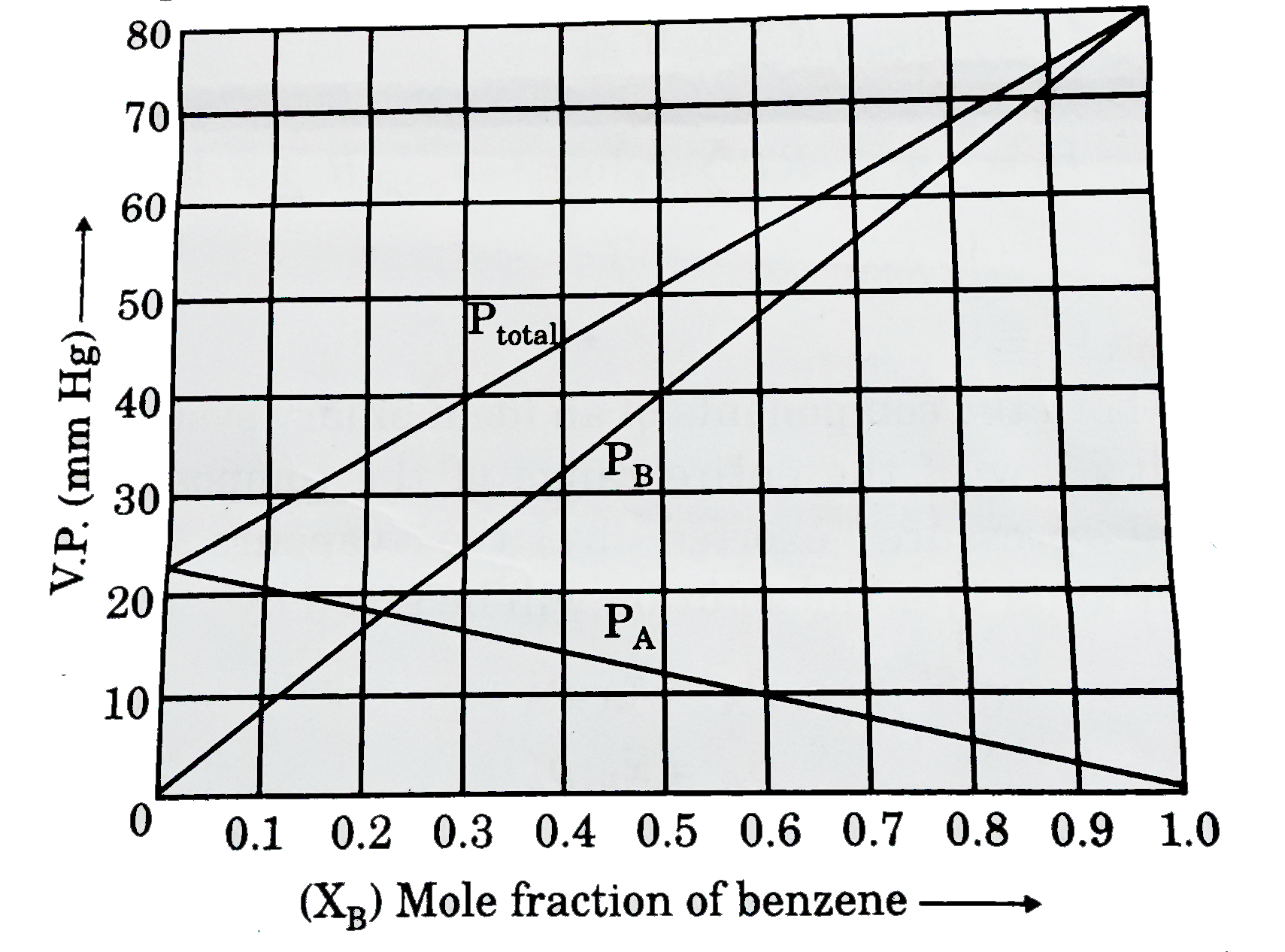An ideal solution is formed when its components same
high solubility
no enthalpy change on mixing
no volume change on mixing
baton (2) and (3)
The correct Answer is:4
An ideal solution satisfies the following conditions:
(i) There will be no change in volume on mixing the two components, i.e., ΔVmixing=0
(ii) There will be no change in enthalpy (i.e no heat energy is absorbed or releases) when the two components are mixed, i.e., ΔHmix=0).
Topper's Solved these Questions
- SOLUTIONSBOOK - R SHARMACHAPTER - SOLUTIONSEXERCISE - ARCHIVES
42 Videos
- SOLUTIONSBOOK - R SHARMACHAPTER - SOLUTIONSEXERCISE - FOLLOW-UP TEST 13
11 Videos
- SOLID STATEBOOK - R SHARMACHAPTER - SOLID STATEEXERCISE - Archives
28 Videos
- STEREOCHEMISTRYBOOK - R SHARMACHAPTER - STEREOCHEMISTRYEXERCISE - Archives
17 Videos
Similar Questions
Knowledge Check
An ideal solution is formed when its constituents:
Aare converted into ideal gasesBhave zero volume changeChave zero heat of mixingDboth (2) and (3) are correctA solution is non-ideal when
A(Δp)sol.≠0B(ΔH)sol=0C(ΔG)sol.<0D(ΔV)sol.=0Answer the questions (given below) which are based on the following diagram. Vapour pressure plots of benzene-toluence mixture at 20∘C. Solution of benzene and toluence are ideal. Raoult's law is valid for both components over the entrie range of concentration.

An ideal solution consisting of two components A and B (such as benzene and toluence) is one in whic:Athe intermolecular attraction A...A, B...B and A...B are equalBΔHmix=0,ΔVmix=0Cboth of the above conditions are followedDnone of the above conditions are followed
For an ideal solution of two components A and B, which of the following is true?
View SolutionFormation of a solution from two componenets can be considered as :
(i) pure sovent → separated solvent molecules, △H1
(ii) Pure solute →separated molecules,△H2
(iii) separated sovent and solute molecules→solution, △H3
solution so formed will be ideal if :
View SolutionFormation of a solution from two components can be considered as
(1) pure solvent→separated solvent
(2)pure solute →separated solute molecules, ΔH2
(3) separated solvent and solute molecules → solutions, ΔH3
Solutions so formed will be ideal if
View SolutionFormation of a solution from two components can be considered as
(1) pure solvent→separated solvent
(2)pure solute →separated solute molecules, ΔH2
(3) separated solvent and solute molecules → solutions, ΔH3
Solutions so formed will be ideal if
View SolutionFormation of a solution from two components can be considered as
(1). pure solvent→separated solvennt molecules, ΔH1
(2). Pure solute →separated solute molecules, ΔH2
(3). Separated solvent and solute molecules→solution, ΔH3
Solution so formed will be ideal if
View Solution
